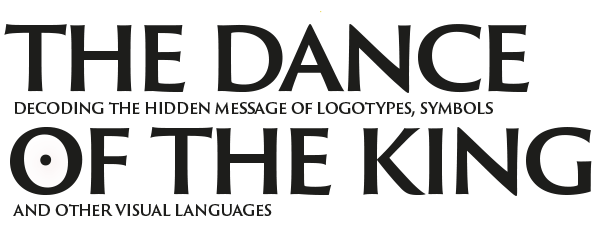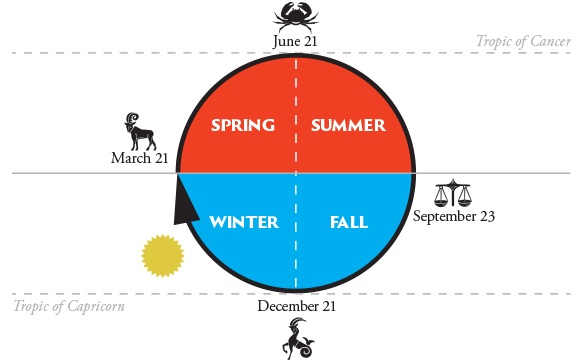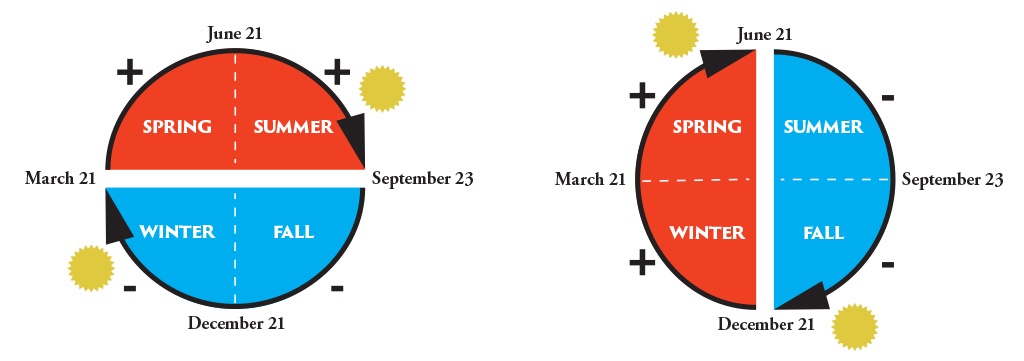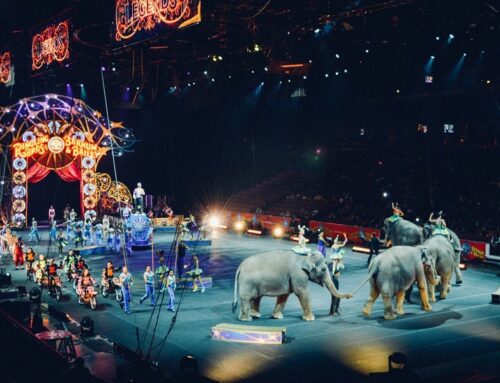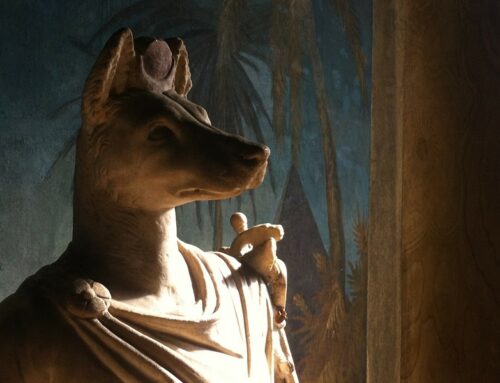The origin of the Nissan logo
Everyone has seen the Nissan logo at some point, it might even be on the grille of your own car. It has always been a simple emblem; a circle with a horizontal bar across it. Since the summer of 2020, the logo has become even simpler. Couldn’t the Japanese logo designers develop anything better than a circle intersected by the wordmark? Quite the contrary, they couldn’t have made it more apparent to those who have eyes to see and ears to hear.

In 1986, the Datsun car brand continued as Nissan, although in some countries, its cars continue to be sold as Datsun. Have a closer look at the Datsun name: that Sun. The circular shape is evident in the two logos, just as prominent as the red disc on the Japanese flag.
You learned in school how the seasonal changes are caused by the amount of sunlight reaching the Earth’s surface during a specific period. The ecliptic horizontally divides the year circle into an upper “positive” and a lower “negative” half. During the spring and summer, we experience more day hours than night hours (north of the equator), and in autumn and winter, we have longer nights and shorter days.
You can also divide the year circle vertically into two halves: from three days after the midwinter solstice on December 21, the Sun slowly climbs the sky. This motion continues until June 21. At that time, the Sun reaches the highest point in the sky. Starting three days after the midsummer solstice, the Sun begins to descend, and the daytime hours slowly decrease until the lowest point is reached again on December 21.The above diagrams demonstrate the two ways the seasons can be rated.
- Left: the seasons get a plus rating (and are colored red) when daytime hours outnumber nighttime hours;
- Right: the seasons get a plus rating (and are colored red) when the Sun’s direction of motion is ascending.
You’ll notice that only spring in both images is rated a plus. It is the reason why the vernal equinox around March 21 is such a significant time in every religion or tradition. After this kickoff, nature can start preparing for a new year to supply humans and animals with new life and food.
Now, let’s list some random Biblical events:
- Noah’s ark landed on Mount Ararat;
- Moses split the Red Sea for the Israelites to cross into the Promised Land;
- After the Flood, The walls of the city of Jericho collapsed;
- King Hezekiah reopened the doors of the Temple of the Lord;
- Queen Esther saved the Jews from the hands of Haman;
- The resurrection of Jesus Christ.
All these memorable events (and many more) occur on one and the same day: Nisan 17. What are the odds that anything like this could happen? Could it be that they refer to the very same event, the same annual marker in the (circle of) time?
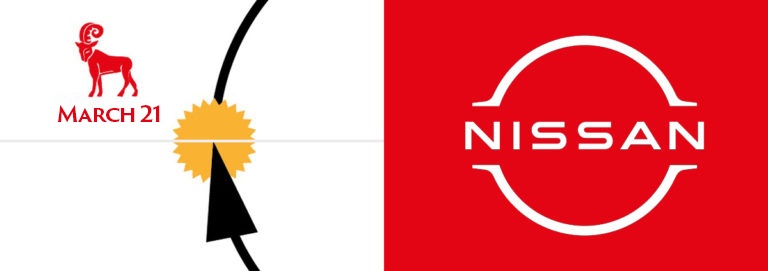
Nisan (Nissan) is the first month of the religious new year according to the Jewish calendar or Torah, and the seventh month according to the Mishnah, the oral teaching. Nissan falls in March/April, which happens to be when Light (of the daytime hours) begins to dominate over Darkness (the nighttime hours) again. The Sun crosses the horizontal line of the equator in its orbit on March 21. This is when Jews commemorate the Israelites’ exodus out of Egypt and celebrate Passover. The Sun passes (over) the equator and the springtime dawns. Nissan’s logo represents this vital moment of victory. An the red color the brand uses is the color of..
